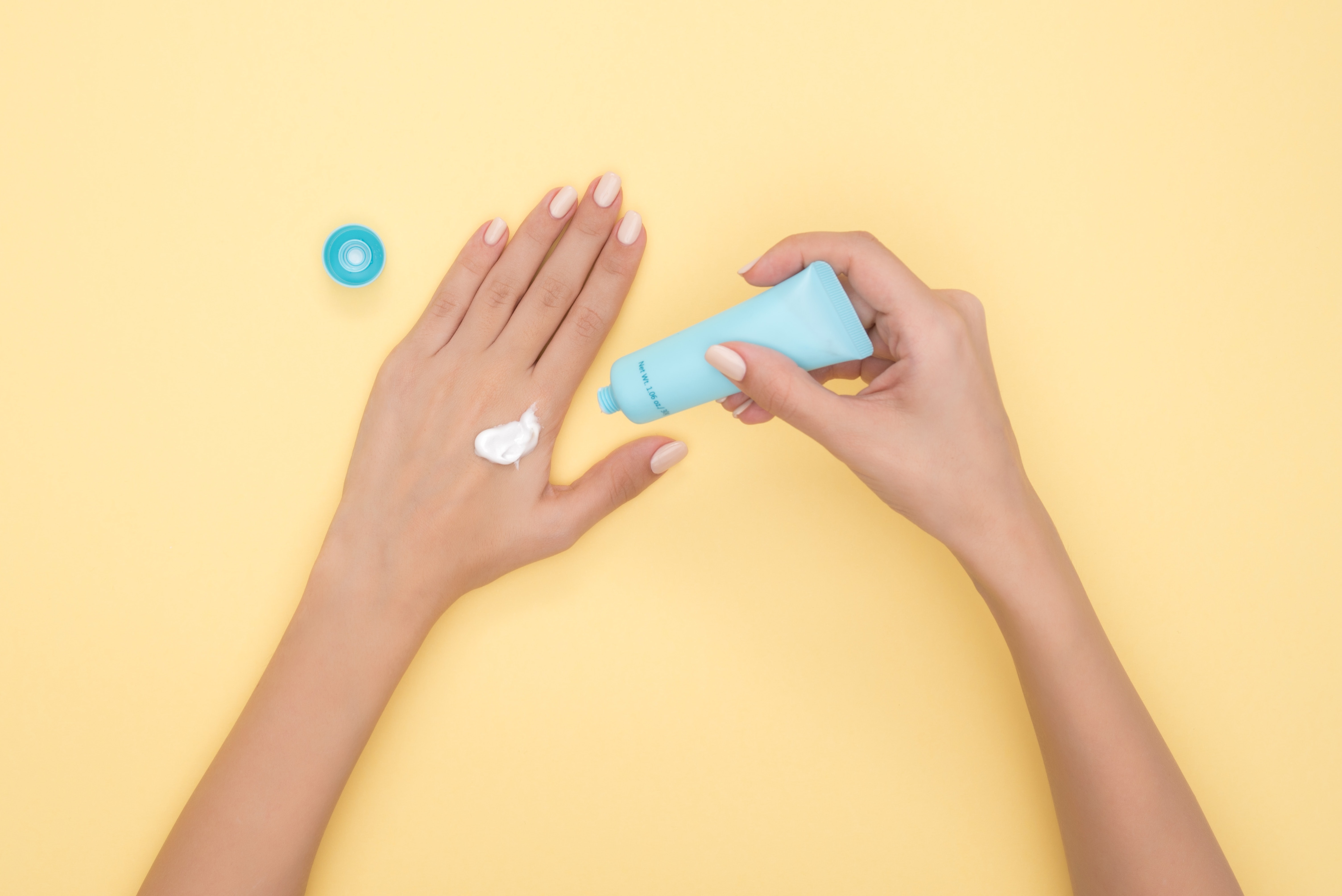Parabens in Skincare
Apr 28th 2019

If you are a person who buys personal care products with an eye toward safety and nontoxicity, you have probably heard by now that parabens are under a lot of scrutiny. Many cosmetic, beauty and personal care products have begun to advertise as “paraben free”. So consumer demand has definitely created a market for paraben free products.
Of course, many in the scientific community will refute this belief that parabens in our skincare are not health-threatening. That is to be expected. However, if there is even a question that a chemical could be affecting your health adversely, isn’t the avoidance wherever possible the most prudent thing to do?
That’s the stances that many are taking, and now there are more companies offering paraben free skincare products and other body care or personal hygiene products. Parabens may not be “harmful” in small doses, but as you know, we bombard our skin with products every day with these chemicals, and over time they do build in our bodies.
Alarming Paraben Levels in Urine Samples
One alarming study showed that parabens, as well as a host of other chemicals used in skin and personal care products, were abundant in the urine samples of adult men and women. It has even shown up widely in human breast milk. So, for the “experts” to say that a chemical that is so pervasive is not harmful is questionable.
Endocrine Disruption
Parabens are a known endocrine disruptor. They actually mimic the hormone estrogen, and hence are thought to potentially fuel breast cancer in women. One UK study had scientists purporting that parabens and other toxins found in breast tumors probably came from underarm deodorant.
They have also been linked to prostate cancer in men. This means they can interfere with the body’s own hormonal balance and cause a host of health issues when they build to high levels. They have been linked to organ toxicity as well as cancers found in both men and women.
The hypothesis is that the topically applied parabens are actually more harmful than if you were to ingest them orally due to their chemical properties. Essentially, digestion may help to neutralize some of their harmful properties whereas skin absorption does not inhibit any harmful properties.
The real danger lies in the fact that so many of our daily products can contain these. The possibility for a significant buildup of this chemical is pretty high, since your skin is like one giant sponge, soaking it all in. This is especially true for products that you use over your entire body, like body lotions.
So why will you never find parabens in our skincare, deodorant, lip balm and soap products? Well, for one thing, our products do not need an indefinite shelf life. We make them on a consistent basis and do not need them to last five to ten years on some shelf in a store. We use vitamin E, a natural antioxidant to help extend shelf life, along with potent essential oils and a recommended shelf life for maximum potency and freshness.
Here is just a sampling of the products you use every day that can contain parabens :
- Lotions and creams
- Facial and body cleansers
- Soap
- Deodorant
- Perfumes, scented body sprays
- Cosmetics (much of the makeup you use in fact, contains parabens for a long shelf life)
- Sunscreen
- Personal lubricants
- Lipstick and balms
- Shampoos and conditioners
- Hair care products like gels, creams, hairsprays and other styling products
- Toothpaste and oral care products
Q.What do parabens look like in the ingredient lists of your favorite products?
A.They take a couple different forms, but all are parabens and should be avoided if possible : methylparaben, ethylparaben, propylparaben, isobutylparaben, butylparaben and benzylparaben
Basically, any ingredient that ends in the word “paraben” is a paraben and if you can, avoid it or look for products that are specifically labeled as paraben free. Not all products advertise this, so if in question simply turn it over and read the ingredients label, as these are required to be disclosed on the labeling.

